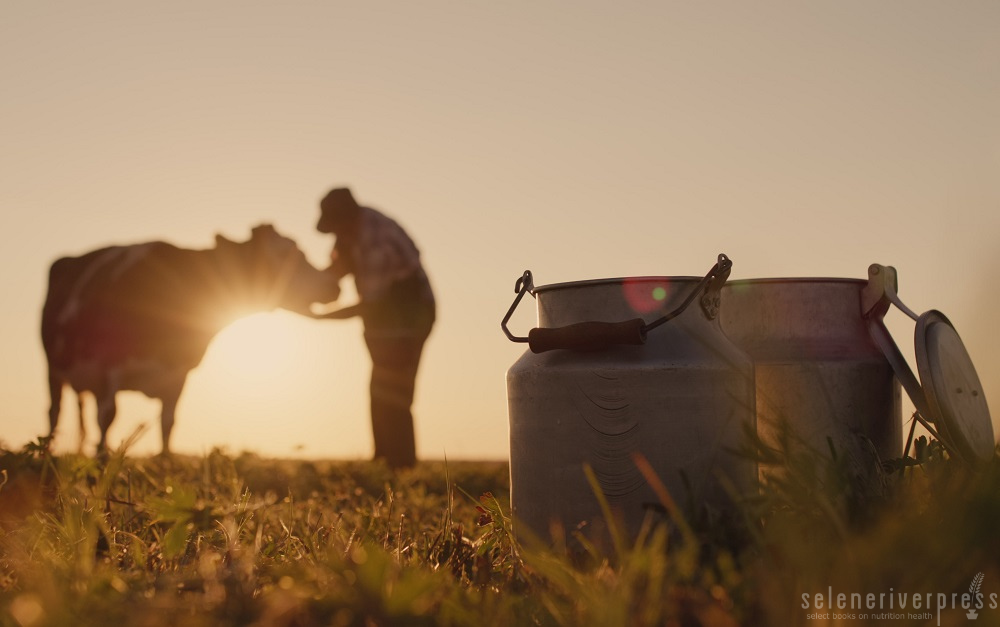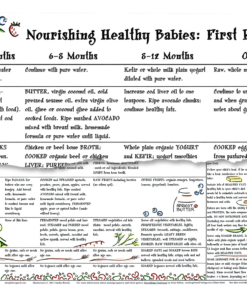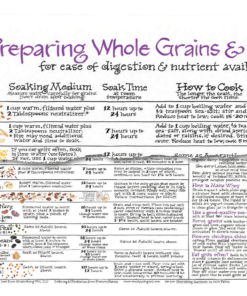A few years ago, Stephanie Selene Anderson, a very wise woman who also happens to be my publisher and friend, strongly suggested to me that I write about the difference between cultured dairy products (namely yogurt, kefir, and cultured cream) made from pasteurized milk and those made from raw milk. To put it simply, the former is in no way as nutritious as the latter.
Yes, culturing pasteurized milk or cream does help make it easier to digest and also adds enzymes and beneficial bacteria, but culturing cannot make up for all that is lost during the process of pasteurization. I wrote about this in my book Culturing Dairy, which in 2019 was combined into The Complete Cooking Techniques for the GAPS Diet. I invite you to pick up a copy for more information if you have not already done so. The techniques I write about are good for everyone, not just those on the healing nutritional protocol that is the GAPS Diet.
Of course, Stephanie was at the time, and still remains, correct. But now I have even more information to share on the unique benefits of raw milk and also on homemade kefir you can make from it.
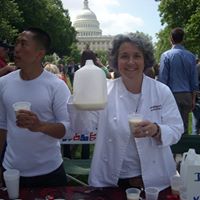
I have been in the “raw milk movement” for many years in an effort to help people gain access to this truly healthful food. I did my share of driving from DC to Pennsylvania to obtain delicious, nutritious fresh raw milk from a biodynamic farm for my CSA (community supported agriculture), which provided raw milk to almost a hundred families at the time.
This was way back, 20 or so years ago, when it was still a felony to bring raw milk across state lines from Pennsylvania to Maryland. I am happy to report that thanks to the work done by the Campaign for Real Milk (a project of the Weston A. Price Foundation), raw milk us now available in Maryland, which means that nobody else has to make that weekly six-hour round trip to find it. For information on how to access fresh, clean, real milk in your area, as well as resources, articles, and more, see the website RealMilk.com. If you can, go for raw milk from Jerseys, Guernseys, Ayrshires, and Swiss Brown cows as it will be very high in butterfat (that means very creamy). These and other traditional dairy breeds provide the richest milk.
So why am I saying raw milk (and raw kefir) now more than ever? Well, autumn is around the corner, and we all know that fall time in the northern hemisphere is the commencement of flu season. If there is a virus around, drinking raw milk can be both protective and healing. A multitude of studies have shown that people who drink raw milk are less prone to allergies, ear infections, and eczema, and they are also less likely to develop asthma. (Many people who drink pasteurized milk despite being allergic to it can go on to develop asthma). The article “Got Viruses? Get Raw Milk” by my longtime colleague Mark McAfee covers many of these issues in more detail.
Why does raw milk help protect against viruses? Because it contains a multitude of redundant systems that can reduce or eliminate pathogenic bacteria. It is chockfull of things like lacto-peroxidase, lacto-ferrin, leucocytes, and immune system modulators (B- and T- lymphocytes, macrophages, neutrophils, immunoglobulins, and antibodies). Pasteurization destroys all of these protective substances in the milk. Want a robust immune alliance? Add raw milk to your arsenal.
If you have never had the opportunity to drink raw milk and if living, fermented foods (sauerkraut, kombucha, etc.) have not been a part of your diet, please resist the desire to gulp down a whole glass when you first begin. Instead, start with a small amount and proceed slowly with care. If you drink more than your system can handle, the live beneficial bacteria in fresh raw milk can provoke a “die-off” reaction that may feel like the flu (or cause diarrhea or vomiting). What is a die-off reaction? It is a range of symptoms caused by the dying off of pathogenic bacteria when you introduce beneficial bacteria. If you drink too much, too fast, it can lead to consequences that may not feel very good. There is nothing wrong with the milk—it is just that your system is getting used to a live food. It is best to begin with a teaspoon or a sip, once a day for a few days, and then slowly increase the amount until you can tolerate a cup or two, or even a quart a day.
What About Lactose Intolerance?
If you would rather not drink milk, or if the lactose in the milk challenges your digestive system with bloating or gas, I suggest culturing the milk into kefir. If you culture the milk long—that is, for 24 or more hours at room temperature (68–72°F)—the beneficial microbes will predigest the lactose for you, which means the cultured milk (kefir) will be very easy for you to digest. Traditional peoples all over the world cultured milk prior to drinking it. Culturing not only makes milk more digestible but also preserves it.
Why homemade kefir, and why now? When we make kefir, we take all the goodness of raw milk and increase it exponentially by culturing. Kefir made from fresh raw milk or cream, or a combination, is teeming with beneficial bacteria and yeasts. Kefir has hundreds more beneficial microbes than yogurt, both by type and by volume, and the unique combination of cultures (microbes) in kefir make it a potent antibacterial and antiviral. (See this article on the health benefits of milk kefir from Nutrition Research Reviews.)
Kefir is easy to make, as you will see in the recipe below. How much kefir should you drink daily? Up to a quart per day. Be forewarned, however! Just like raw milk, if you are not used to drinking kefir, it can provoke a powerful die-off reaction. Start with just a teaspoon once a day, and slowly increase the amount you consume. Any amount will be helpful as you work your way up to a goodly amount. Three to four cups a day or more should do it.
Raw Milk Kefir from Grains
You need to obtain milk kefir grains from a source you can trust. I recommend your local Weston A. Price chapter for help on finding nutrient dense foods. You can order them online from Cultures for Health or another company. Cultures for Health provides instructions on how to activate your grains. Follow the instructions and then proceed with the recipe. If you get active grains from a friend or WAPF chapter member, you may use them right away. Makes 1 quart.
Ingredients
1 quart raw milk, or a combination of raw milk and some raw cream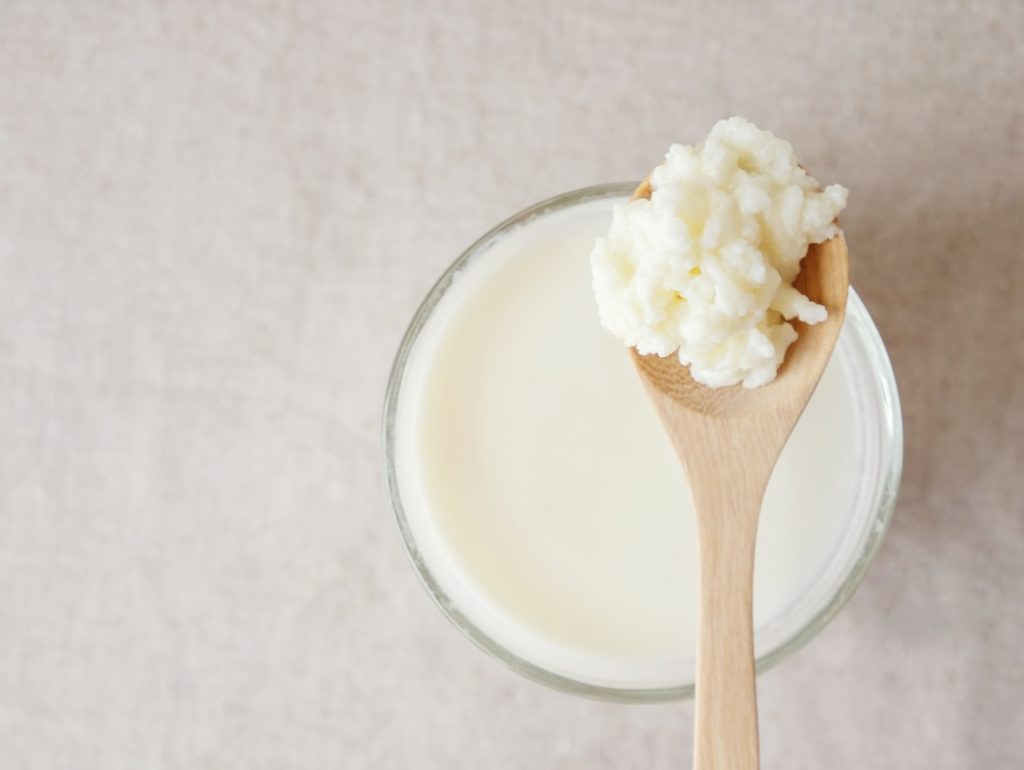
2 tablespoons kefir grains
Instructions
- Stir all ingredients together. Cover loosely with a tea towel or cheese cloth to allow the yeast to breathe. Leave on the counter for 24 hours.
- When the kefir is done, remove the grains with a wooden spoon. If you are not going to make another batch of kefir right away, place the grains in about 1 cup of raw milk in a glass jar and store in the refrigerator. Remember to feed your grains with fresh milk once a week until you make kefir again.
- Store kefir in a clean glass jar in the refrigerator.
Please note: Kefir is made with both bacteria and yeast. It has the potential to initiate a severe detoxification reaction if you start too quickly or with too large a portion. Go slowly with kefir if you have never had it.
No Access?
What if you cannot get raw milk to make your kefir? As noted above, pasteurized milk is in no way as nutritious as raw milk. However, homemade kefir will still yield benefits, even if you make it from pasteurized milk. Be sure to use the best quality milk you can find. This means organic, nonhomogenized, whole grass-fed milk that has not been pasteurized at ultra-high temperature (UHT). Don’t delay—just make the kefir!
Learn more about the benefits of culturing dairy as well as how to do it with ease in The Complete Cooking Techniques for the GAPS Diet. And don’t worry, you don’t need to be on the GAPS diet to learn about and use the techniques from the book.
I raise my glass of kefir to you and say, “Salud—to your health!”

Images from iStock/StockSeller_ukr (main), LuckyBusiness (little girl), ThitareeSarmkasat (kefir).


